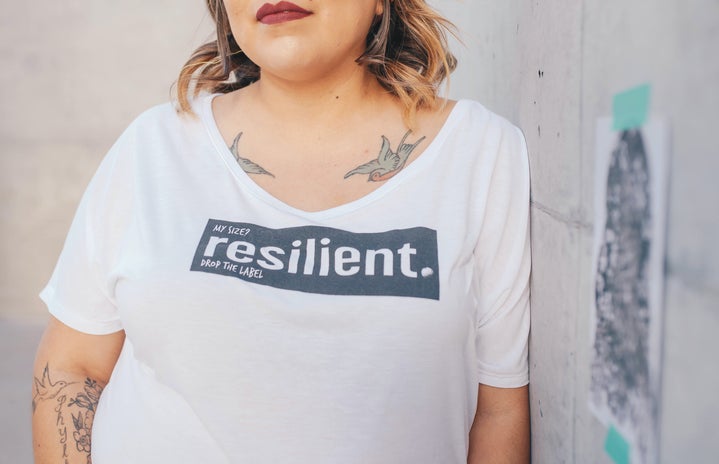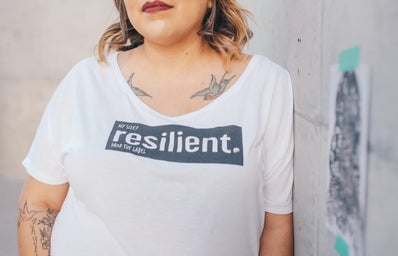The Women’s Media Center is a firm that analyzes media in the U.S. and highlights the push for equality (and inequality). In today’s society, media is the most powerful source of information; it fuels our daily lives, essentially dictating our every move. And, of course, women in the media are held to a higher standard and are represented in an over-sexualized manner; sometimes, they are just not represented at all.
Each year, the Women’s Media Center conducts extensive research and puts out a report, grading the media on how feminist (or antifeminist) it has been for the entire calendar year. The report for 2013, which you can read here, focuses on the hits and misses of media-driven female representation.
One of the most shocking statistics reads “At its current pace, it will take until 2085 for women to reach parity with men in leadership roles in government/politics, business, entrepreneurship and nonprofits” (5). While it seems that there are more women than ever before in the U.S. House and Senate, the report states that the role of women in high-power positions has “flattened since 2009” (27). Why is it that we tend to believe the number of women in the corporate and government sectors are increasing dramatically, when not much has changed in about five years? Is it partly due to the fact that the same news sources that are giving this information are also underrepresenting women?
While every television news station employs women, only “38.9 percent [of women make up] the TV news force” (22). While we may see countless female newscasters on our hometown news stations, the national amount of women working in broadcast journalism is shockingly lower than expected. For the many women who are studying broadcast journalism at American, this may seem discouraging; however, there is hope this percentage can increase drastically within the next few years.
One thing that definitely hits close to home for all of us at Her Campus is the fact that the percentage of women working in journalism has stayed at 36.9 percent for the past three years (10). Furthermore, most literary magazine editors, in total, choose pieces written by 68.8 percent of the time more often than pieces written by women, showing that even today, there is a gender bias against females (37). While again, this may be discouraging, there are many dissident female-run media outlets that allow women’s voices to be heard loud and clear.
Lastly, two important (and controversial) quotes from politicians about victim shaming went completely viral. You may remember Missouri senatorial candidate Todd Atkin state, “If it’s a legitimate rape, the female body has ways to try to shut that whole thing down”, pertaining to the issue of women receiving abortions after being raped. Another senatorial candidate, Richard Mourdock, explained during a debate, “I think, even when life begins in that horrible situation of rape, that it is something that God intended to happen” (7). With women already being scrutinized by the government and the media for birth control, abortion rights, and other pressing issues, these two comments were heard over the countless other voices and seemed to be raised higher than anyone else’s. When the Steubenville rape case made national headlines, everyone (including politicians) seemed to voice their opinion on whether or not the victim was to blame.
Unfortunately, we live in a society that believes the way a female is dressed or is acting is enough consent, is enough to provoke a male to engage in sexual activities she may not otherwise agree to. The Women’s Media Center report does not make more of an effort to explain these two quotes and their pertinence to women’s portrayal in media, but it’s quite obvious that something must be done to end the blaming of sexual assault victims.
In its entirety, the 2013 report on women in the media gives some staggering results; results that many were not expecting. While we have pushed very hard for gender equality and equal representation, it seems that we have much further to go.

